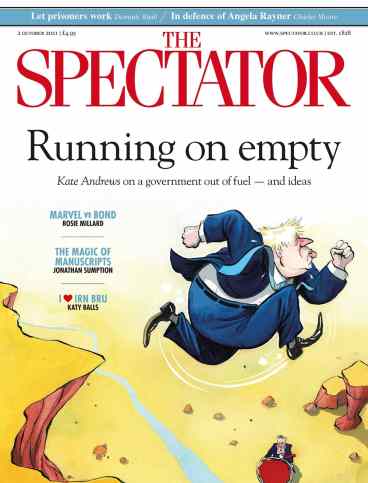The magic of manuscripts
Manuscripts have something of the appeal of drawings. They bring you closer to the creative process. Even a copy adds something special to the text: an editorial twist, a decorated initial, a margin full of beasts or just a beautiful script in which every letter is fashioned by hand like no other. Manuscripts do more








